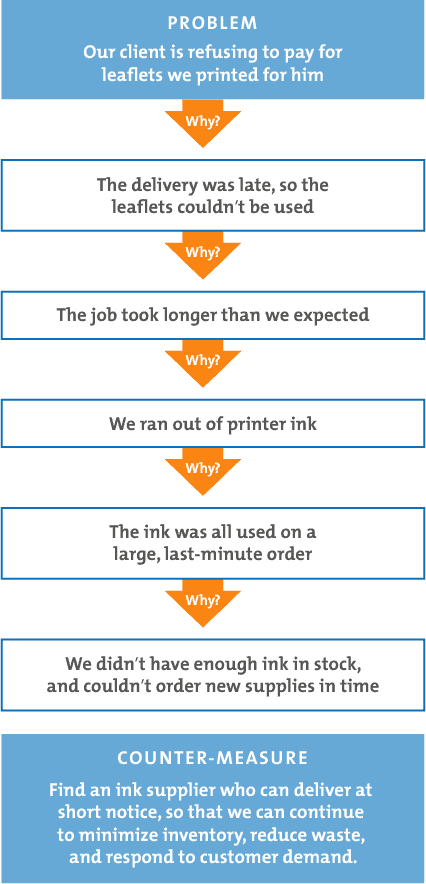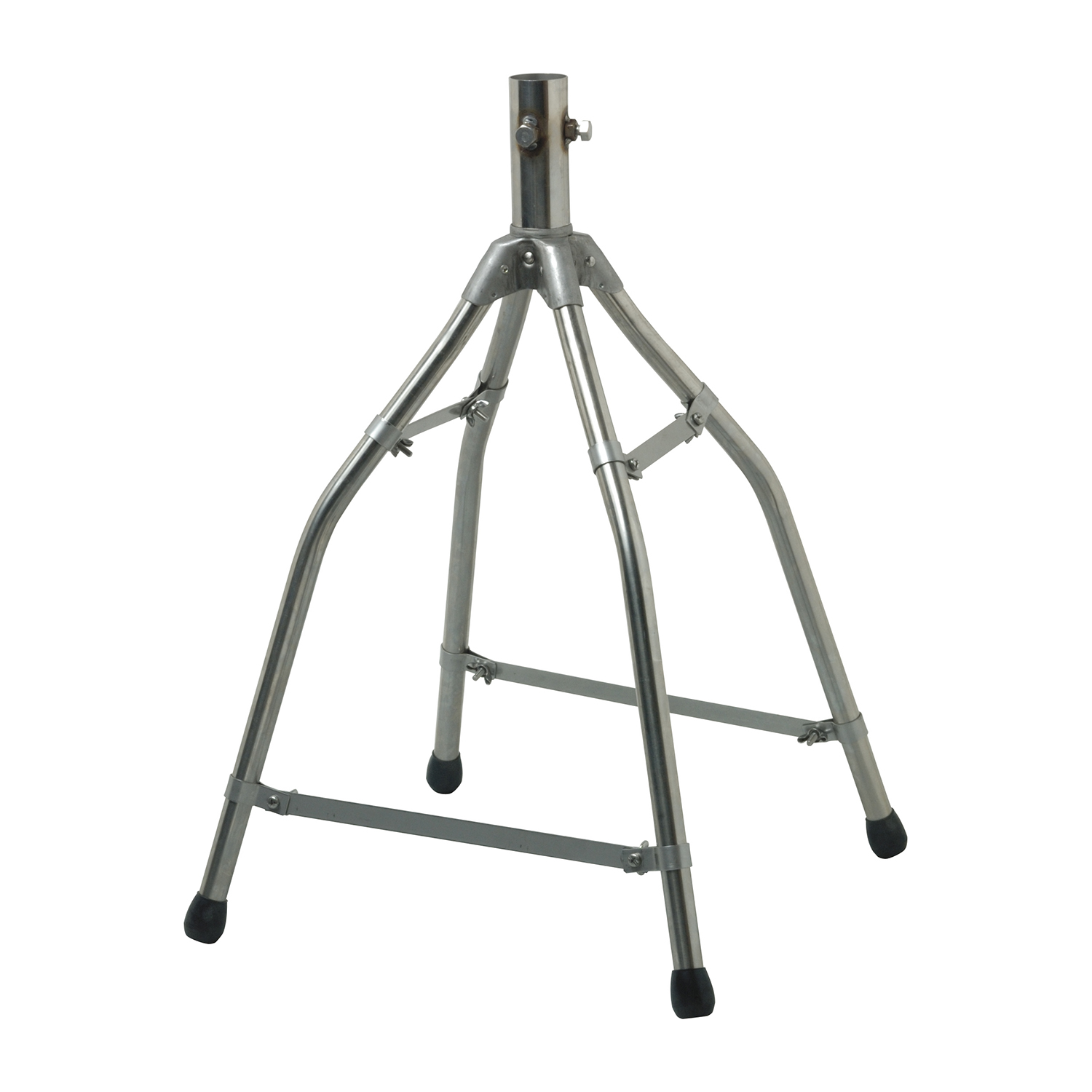5 Y's Safety
As an employer, it’s your responsibility to ensure that your employees are safe and healthy at the workplace. Having the right safety program helps you focus on improving workplace safety. A detailed safety program helps you identify – what you’re doing right at the workplace, where you are lacking and what measures you should take to enhance the safety and health of your employees.
The right safety program helps you prevent injuries and accidents in the workplace. The safety program varies from one business to another. For instance, if you run a small business in a low-risk industry, then you may not have a formal safety program. You may listen to employee concerns as they crop up and respond accordingly.
On the other hand, if you run a factory, then you are most likely to have written safety policies, a full-time safety manager, and more.
- Tennessee reported much higher levels of concern about safety than the rest of the country.Higher crime rates across the state may contribute to excess worry. The good news is the state’s 20 safest cities beat both state and national crime rates.
- Ever wonder if we really got to the root of a problem? This is a video about a near miss and a simple solution!
The key idea here is to create a safety plan that is the right fit for your organization. This means you cannot download a random safety program that you find on the internet and use it for your business. You have to consider the needs of your business and choose the right program that works for your company.

What makes the Right Safety System?
A successful safety program is a key part of your business, like other operations like finance, HR, stock keeping, and more.
All safety systems should have the following:
- Dedicated safety manager who is responsible for overseeing the entire process
- Key employees who work along with the safety manager to ensure that all policies are being implemented
- Compliance with state and central regulations
- A system that identifies workplace hazards and eliminates it
- Regular and periodic training for employees
- Build a safety culture at work
- Feedback and continuous improvement
The 5 E’s of a Successful Workplace Safety Program
Microsoft PowerPoint - FDOT D7 LATSA II S02 The 5E Approach to Safety - Hagen.pptx Author: AChaumont Created Date: 4/16/2014 10:04:17 AM.
If you don’t have a formal safety program in place yet, you’re in luck. This guide outlines all that you need to get started with the right safety program for your business.
Before you build a new safety framework for your business, you have to understand the 5 E’s of safety. Wondering what these are? Continue reading to find out.
1. Education
Before you implement workplace safety, you need to ensure that all your employees have a clear understanding of what it is all about. You have to start by teaching them safety rules, building awareness on why it’s essential to work safely and teach them about the importance of creating a safety-first culture at work.

Without the right education, your safety program will not kick-off as expected. Teaching employees about workplace safety gives them the right guidance to implement it.
2. Encouragement
Safety is a two-way process. You cannot expect all your employees to start practicing safety rules at work just because you made them attend a series of lectures on the topic. You need to provide them with the right incentives to follow the rules and regulations.
Make safety a fun and all-inclusive topic. Encourage employees to provide their feedback and opinions on the subject. Make them feel a part of the process and not just on the receiving end.

3. Engineering
This is where you implement your safety policies. You need to build a specific safety program that meets the specific needs of your business. This is often the most difficult part, and if you’re struggling with this step, you can reach out to Totalika, leading industrial and commercial safety experts in India. Our team will help you create a customized safety plan that meets all your requirements.
4. Enforcement
This is a crucial step in ensuring that your safety plan works as planned. It’s not just enough to have the right safety plan. You have to ensure that it’s being enforced. The primary role of this step is to prevent workplace accidents, save lives, and create a hazard-free, productive work environment.
5. Evaluation
Finally, you need to evaluate your safety program periodically to ensure that it works as expected. Periodic evaluation is a must as workplaces are not static. Operations change from time to time, new hazards crop up, and you need to re-engineer your safety policy to address the changing challenges of the business.

Evaluation ensures that the right safety resources are used and the safety plan continues to be the right fit for your business.
Wrapping Up – Use the 5 E’s to Custom Create the Right Safety Program for your Workplace
Use this guide to help you build the right safety program. And, if you need any help at any stage, reach out to our efficient and experienced safety consultants, who ensure that your workplace is safe and free from incidents.
Root Cause Analysis is an important step to enable companies to make the right changes in order to prevent faults from happening over and over again. Too often we find ourselves in a situation where we think we have performed a good Root Cause Analysis and still we are confronted with the same issue again. The question is why? Didn’t we execute the root cause analysis right? Or did we implement the wrong preventive measures? What is the root cause of failure in our Root Cause Analysis?
The 5 WHY analysis is a simple and very effective technique. By repeatedly asking the question WHY, you can peel away the layers of symptoms which can lead to the real, underlying Root Cause of a problem. Sometimes you will need to ask the question fewer or more times than 5 before you find the issue related to a problem. Some Quality Managers find it very important that you write down exactly 5 times WHY. If you don’t they are not amused, but it is about finding the root cause of the problem and not about how many times you ask yourself the question. It is just a tool that can help you, not a dogma!
Here are some easy steps how to perform an effective Root Cause Analysis with a 5 WHY analysis:
- Write down the problem. Writing helps you to formalize the problem and describe it completely. If you work with a team, it also helps the team to focus on the same problem.
- Ask yourself why did the problem happen and write down the answer.
- Ask yourself – looking at your answer – again why did the problem happen, and write down the answer.
- And again, ask yourself – looking at your answer – why did the problem happen.
- Ask yourself this question as often as necessary until the team agrees that the problem’s real root cause is identified. This may take fewer or more times than 5 WHYS.
Below we will show an example of how to perform a Root Cause Analysis with a 5 WHY on an issue where glass was found in the finished product at a client:
- Why did the client find glass in our product? Because one of the light bulbs broke at line 5. Now you know where it happened.
- Why did the light bulb break? The forklift truck broke the light bulb when the driver was removing a pallet. Now you know who was responsible for breaking the light bulb.
- Why is it possible for the driver to break the light bulb? The space is too narrow for the driver to turn the forklift.
- Why is the space too narrow for the forklift? The light is hanging from a long cord.
- Why is the cord so long? It was designed this way, but it can be adapted. Solution found: adapt the length of the cord.
5s Safety
BUT…
- Why is it possible that the glass is found in the finished product? The light bulb broke after the sieve. We don’t have another possibility to put a sieve in line 5.
- Why was production not stopped according to the procedure? The forklift drive was not aware of the procedure.
- Why was the forklift driver not aware of the procedure? We do not train people on the glass policy.
- Why don’t we train people on the glass policy? We thought it was common sense anyway. Second preventive measure: regularly train all staff in the glass policy.
5 Y's Safety
Below you see a picture of one of many templates you can use:
The 5 WHYS can be used individually or as a part of the fishbone or Ishikawa diagram (see picture below for an example). You typically start exploring the problem with the fishbone analysis and after that you perform a 5 WHY analysis on each of the sub items in your fishbone diagram. When this is done you really will force the organization to dig deep enough and find the root cause!
5 Years Safety
The 5 WHY analysis combined with fishbone analysis has very powerful benefits:
- It helps you to identify the Root Cause of a problem
- It can determine the relationship between different Root Causes of a problem
- It really is one of the simplest tools you can use.
- It is ease to complete without statistical analysis
- The combination makes sure you do not focus on one strand of analysis only using 5 WHY analysis.
5 WHY analysis in itself is already a very strong tool for root cause analysis, but combining it with a fishbone analysis you really have the most powerful, yet easy to use and implement combination of tools for root cause analysis.
Interesting information about Root Cause Analysis: